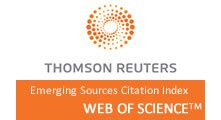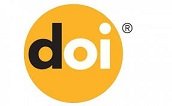The Effect of Using Concrete-Representational-Abstract Sequence in Teaching the Perimeter of Geometric Shapes for Students with Learning Disabilities
1437
1573
Abstract
Geometry is one of the basic areas of school mathematics education, and it is important for elementary students. However, students with mathematics learning disabilities (MLD) struggle with geometry learning. Research has demonstrated that concrete-representational-abstract (CRA) teaching is an effective practice for students with learning disabilities (LD) and other disabilities. The study aimed to investigate whether the CRA sequence can support students’ understanding of calculating the perimeter of geometric shapes and solving mathematical word problems of the perimeter in Najran city in the Kingdom of Saudi Arabia. The study used the quasi-experimental research design for one treatment group of a pre-posttest. First, the perimeter test of geometric shapes, whose validity and reliability was verified, was used, and then the CRA sequence was applied to eight students in the fourth and fifth grades with LD in mathematics. The results showed that the CRA sequence improved the students’ efficiency in calculating the perimeter of geometric shapes and solving mathematical word problems on the perimeter. Also, the students maintained the learned skills three weeks post the interventional period.
Keywords
Concrete, Representational, Abstract, Perimeter, Mathematical word problem-solving, Mathematics learning disabilities, Geometric shapes, Saudi Arabia
Full Text:
PDFReferences
AL-salahat, M. M. S. (2022). The effect of using concrete-representational-abstract sequence in teaching the perimeter of geometric shapes for students with learning disabilities. International Journal of Education in Mathematics, Science, and Technology (IJEMST), 10(2), 477-493. https://doi.org/10.46328/ijemst.2403
DOI: https://doi.org/10.46328/ijemst.2403
Refbacks
- There are currently no refbacks.
Copyright (c) 2022 International Journal of Education in Mathematics, Science and Technology







International Journal of Education in Mathematics, Science and Technology (IJEMST)

This work is licensed under a Creative Commons Attribution-NonCommercial-ShareAlike 4.0 International License.
ISSN: 2147-611X (Online)
